How to Help Children Understand Social Distancing
Explaining Why Social Distancing is Important
-
 Ask your child what they know about COVID-19. Try to get a baseline for your child's understanding about the virus and how they feel about it. As they talk, take note of any misinformation you need to correct and whether or not your child seems scared. This will allow you to tailor your explanation to fit your child's needs.[1]
Ask your child what they know about COVID-19. Try to get a baseline for your child's understanding about the virus and how they feel about it. As they talk, take note of any misinformation you need to correct and whether or not your child seems scared. This will allow you to tailor your explanation to fit your child's needs.[1]- Say, 'What have you heard about the coronavirus?'
-
 Reassure them that you're doing everything to keep them safe. It's normal for your child to be worried about there being a pandemic. However, they likely have nothing to fear, especially if they're practicing social distancing, washing their hands often, and avoiding touching their face. Tell your kids that you and the other adults in their lives are working hard to protect them from COVID-19.[2]
Reassure them that you're doing everything to keep them safe. It's normal for your child to be worried about there being a pandemic. However, they likely have nothing to fear, especially if they're practicing social distancing, washing their hands often, and avoiding touching their face. Tell your kids that you and the other adults in their lives are working hard to protect them from COVID-19.[2]- You could say, 'You don't need to worry because we're working to keep you safe. You're not in big danger. We just have to be extra careful.'
Tip: According to the Center for Disease Control and Prevention (CDC), children are not more likely to contract COVID-19. In fact, there appear to be more cases in adults. Additionally, children who do catch the virus usually have a mild case, so there's no need to worry.[3]
-
 Explain that people can spread the virus even before they are sick. Although experts are still learning about how COVID-19 spreads, it appears that non-symptomatic people can still spread the virus. Because of this, it's essential to stay away from everyone, whether or not they appear sick. Talk to your child about how the virus spreads so they understand why they can't hang out with friends who seem healthy.[4]
Explain that people can spread the virus even before they are sick. Although experts are still learning about how COVID-19 spreads, it appears that non-symptomatic people can still spread the virus. Because of this, it's essential to stay away from everyone, whether or not they appear sick. Talk to your child about how the virus spreads so they understand why they can't hang out with friends who seem healthy.[4]- Say, 'When someone catches the virus, it takes 2-14 days before they show symptoms. Unfortunately, they might spread the virus during this time, even though they seem healthy.'[5]
-
 Tell your kids social distancing helps stop the virus from spreading. Try to help your kids see social distancing as a proactive step your family is taking rather than a list of rules they have to follow. Point out that the only way to avoid getting sick is to avoid sick people, so social distancing is a really effective way to stop the spread of germs.[6]
Tell your kids social distancing helps stop the virus from spreading. Try to help your kids see social distancing as a proactive step your family is taking rather than a list of rules they have to follow. Point out that the only way to avoid getting sick is to avoid sick people, so social distancing is a really effective way to stop the spread of germs.[6]- You might say, 'As a family, we're making the choice to stay home and limit contact with other people. This will help us stay healthy, so it's a good thing.'
-
 Discuss the changes they may notice in your community. It's likely your kids have already noticed major changes to their daily life, which can be scary. Ask them what differences they've noticed, then explain what else might happen. Reassure them that these changes are positive because they're protecting everyone's health. You might point out the following:[7]
Discuss the changes they may notice in your community. It's likely your kids have already noticed major changes to their daily life, which can be scary. Ask them what differences they've noticed, then explain what else might happen. Reassure them that these changes are positive because they're protecting everyone's health. You might point out the following:[7]- Schools, restaurants, stores, play areas, movie theaters, and other public places are closed.
- Stores aren't as busy or are much busier.
- Parents and guardians are working from home.
- Their friends can't invite them over anymore and aren't allowed to visit.
- They can't play at the playground anymore.
- You aren't taking them on public transportation or in ride shares anymore.
Tip: Say something like, 'It's true that a lot of places are closed right now. While it's no fun that our favorite places are closed, it's a good way to keep people safe. People are working hard to protect each other right now.'
-
 Empathize with your kids if they get upset. Your child may express sadness, frustration, or anger over the new rules they have to follow. This can be tough to deal with, especially since you're probably already dealing with a lot. Try to see things from their point of view. Additionally, tell them that you're also upset about not seeing your friends.[8] Here are some examples of things you can say:
Empathize with your kids if they get upset. Your child may express sadness, frustration, or anger over the new rules they have to follow. This can be tough to deal with, especially since you're probably already dealing with a lot. Try to see things from their point of view. Additionally, tell them that you're also upset about not seeing your friends.[8] Here are some examples of things you can say:- "I can see you're pretty sad about missing your friend. It's no fun that we can't have friends over right now. I can talk to her dad about setting up video chats."
- "I know you miss Grandpa. He's so much fun, isn't he? I miss him too. He can't come over until it's safe for people to visit each other again. I'm going to call him this afternoon, and you can take a turn on the phone if you'd like."
- "I'm worried about Auntie Kimi's health too. Maybe we could do something special for her together."
Teaching Kids How to Social Distance
-
 Explain that your family needs to stay home as much as possible. Your kids probably don't want to spend all of their time at home, so they may be wondering why they can't play with friends or go to the movies. Tell them that spending time with others and going to public places increases their risk of getting sick or spreading the sickness. Then, reassure them that things will eventually return to normal.[9]
Explain that your family needs to stay home as much as possible. Your kids probably don't want to spend all of their time at home, so they may be wondering why they can't play with friends or go to the movies. Tell them that spending time with others and going to public places increases their risk of getting sick or spreading the sickness. Then, reassure them that things will eventually return to normal.[9]- Say, 'Right now, we need to stay home so we don't catch germs. When people aren't getting sick anymore, we can go back to how it was before.'
-
 Discuss why they'll do their school work at home. Transitioning from going to school to homeschooling may have been confusing for your kids. They might not understand why they have to stay home, especially if no one at their school got sick. Explain that the school's administration is trying to keep all of the kids and staff members safe by having them stay home. Additionally, reassure your child that the work they're doing at home will help them finish their grade level.[10]
Discuss why they'll do their school work at home. Transitioning from going to school to homeschooling may have been confusing for your kids. They might not understand why they have to stay home, especially if no one at their school got sick. Explain that the school's administration is trying to keep all of the kids and staff members safe by having them stay home. Additionally, reassure your child that the work they're doing at home will help them finish their grade level.[10]- Say, 'I know you really miss seeing your friends at school, but it's safer for everyone to do school at home right now. Your teacher is still going to grade your work, though, so you don't need to worry about finishing the school year.'
-
 Point out why it's not safe to have friends over. Your kids are likely missing their friends a lot, especially if they're used to seeing them every day at school. It might be difficult for your children to understand that you're canceling play dates and banning parties to keep them safe. Help your child understand that being around others increases their risk of catching germs, but remind them that this is only temporary.[11]
Point out why it's not safe to have friends over. Your kids are likely missing their friends a lot, especially if they're used to seeing them every day at school. It might be difficult for your children to understand that you're canceling play dates and banning parties to keep them safe. Help your child understand that being around others increases their risk of catching germs, but remind them that this is only temporary.[11]- You might say, 'I know you want to visit your friends. I want to visit my friends, too! But being around other people increases your risk of getting sick, so you'll have to chat online or do a video call instead. Fortunately, you'll be able to hangout with your friends again in the future.'
Tip: You're probably missing your friends a lot, too. Empathize with your kids and share your feelings so they see it's not just them.
-
 Tell them to stay at least 6 ft (1.8 m) away from others while out. There will likely be times when your kids are out in public, like while on outdoor walks or possibly in the grocery store. Explain that the coronavirus spreads from respiratory droplets that can travel as far as 6 ft (1.8 m) away from a sick person.[12] Then, teach them to move away from people they encounter in public just in case they're sick.[13]
Tell them to stay at least 6 ft (1.8 m) away from others while out. There will likely be times when your kids are out in public, like while on outdoor walks or possibly in the grocery store. Explain that the coronavirus spreads from respiratory droplets that can travel as far as 6 ft (1.8 m) away from a sick person.[12] Then, teach them to move away from people they encounter in public just in case they're sick.[13]- You could say, 'When you see someone who doesn't live in our house, move away from them so you can't share germs with each other.'
Creating Fun Experiences for Your Kids
-
 Encourage your kids to connect with friends over video chat. Social distancing doesn't mean you have to isolate yourself from your friends. Talk to your kids about the ways they can connect with their friends using their phone, tablet, and computer. Allow your kids to use their devices to text, chat, or call their friends.[14]
Encourage your kids to connect with friends over video chat. Social distancing doesn't mean you have to isolate yourself from your friends. Talk to your kids about the ways they can connect with their friends using their phone, tablet, and computer. Allow your kids to use their devices to text, chat, or call their friends.[14]- Use services like FaceTime, Skype, and Facebook Messenger to make video calls.
- Schedule group activities on services like Zoom or Google Hangouts. Your kids may already have a Zoom account if they're using it for school.
- Let your kids play online games with their friends.
Variation: If your kids are too young to connect with friends on their own, set up digital play dates for them so they can see their friends often.
-
 Do hands-on learning activities to entertain your kids. It's easy to get bored if you're spending all your time at home. Fortunately, you can help your kids have fun while they expand their minds. Try out different learning activities with your kids. Here are some ideas:[15]
Do hands-on learning activities to entertain your kids. It's easy to get bored if you're spending all your time at home. Fortunately, you can help your kids have fun while they expand their minds. Try out different learning activities with your kids. Here are some ideas:[15]- Make an art project.
- Write letters to family members.
- Make a video about a topic your child is studying.
- Do a kitchen science experiment.
- Grow a plant from a seed.
-
 Enjoy family activities to pass the time. Spending time as a family can be a really fun experience, so you might be able to make some happy memories right now. Plan fun activities that your family will enjoy. Here are some ideas:[16]
Enjoy family activities to pass the time. Spending time as a family can be a really fun experience, so you might be able to make some happy memories right now. Plan fun activities that your family will enjoy. Here are some ideas:[16]- Plan a movie night with popcorn and treats.
- Do a game night.
- Camp out in your backyard or living room.
- Put on a play or family talent show.
- Make a big meal or bake some treats.
-
 Go outside for a walk or a family game of sports. It's okay to go outside while you're social distancing, as long as you stay at least 6 ft (1.8 m) away from others. In fact, the CDC recommends you go outdoors for exercise and fresh air. Take your children on walks or play with them in your yard.[17]
Go outside for a walk or a family game of sports. It's okay to go outside while you're social distancing, as long as you stay at least 6 ft (1.8 m) away from others. In fact, the CDC recommends you go outdoors for exercise and fresh air. Take your children on walks or play with them in your yard.[17]- You might kick a ball around or play catch.
- Consider having a picnic in your yard, on your porch, or on your balcony.
Warning: If you go to a park, don't allow your children to play or sit on any equipment, as it could harbor COVID-19 germs.[18]
You should read it
- Youtube Kids was officially present in Vietnam, invited to download and experience
- Messenger Kids has a major update, significantly increasing parental controls
- How to use YouTube Kids exclusively for children
- TOP most useful and interesting games on PBS KIDS Games parents should know
- How to Teach Kids About Computers
- Facebook Messenger Kids: How to use?
- How to Suggest friends on Facebook
- How to Produce and Perform a Show Yourself
May be interested
- PhoneKid, what's the special phone for children?
 a spanish company called escudo web has developed a smartphone for children.
a spanish company called escudo web has developed a smartphone for children. - What effects can young children be from Among Us?
 this article will help you understand that among us is safe for children, and how among us is safe for children.
this article will help you understand that among us is safe for children, and how among us is safe for children. - The story is worth pondering about an American mother who teaches her child to be independent: 'Please don't help my child!'
 many parents maintain the idea that because their lives are lacking, they must work hard to cultivate their children. however, this is a completely wrong way to raise children.
many parents maintain the idea that because their lives are lacking, they must work hard to cultivate their children. however, this is a completely wrong way to raise children. - Social distancing doesn't mean lonely: Here's how to stay connected
 being in quarantine doesn't mean sacrificing human contact, just tweaking it a bit.
being in quarantine doesn't mean sacrificing human contact, just tweaking it a bit. - Google can develop a youtube video watch page for children
 youtube now reaches more than 6 billion hours of video viewing per month, confirming its leading position in video sharing and distribution. not only that, it also defeated the world's largest social network facebook on social media for teenagers.
youtube now reaches more than 6 billion hours of video viewing per month, confirming its leading position in video sharing and distribution. not only that, it also defeated the world's largest social network facebook on social media for teenagers. - Coronavirus updates: States extend lockdowns as federal social distancing guidelines pushed to April 30
 plus: dr. anthony fauci, one of the us government's top advisers on coronavirus, says covid-19 could kill 100,000 to 200,000 americans.
plus: dr. anthony fauci, one of the us government's top advisers on coronavirus, says covid-19 could kill 100,000 to 200,000 americans. - Protect personal information on 'social networks'
 now, with the development of the internet, what makes the most concerned and worried parents for their children is the movement of 'social networking'. typically, myspace has more than 90 million members, most of them are young people
now, with the development of the internet, what makes the most concerned and worried parents for their children is the movement of 'social networking'. typically, myspace has more than 90 million members, most of them are young people - Download and experience the free blockbuster Sky: Children of the Light
 sky: children of the light is an adventure, multi-player puzzle game, first announced during apple's iphone x launch event in 2017.
sky: children of the light is an adventure, multi-player puzzle game, first announced during apple's iphone x launch event in 2017. - 12 simple tips to be a good father
 after losing my father when i was only 12 years old, i was always grateful to have spent these moments with my father and hoped the following tips would help other fathers to love and play with their children. more. invite you to consult!
after losing my father when i was only 12 years old, i was always grateful to have spent these moments with my father and hoped the following tips would help other fathers to love and play with their children. more. invite you to consult! - Niantic changes Pokemon Go and other games to adapt to social distancing
 the game developers are encouraging indoor play.
the game developers are encouraging indoor play.
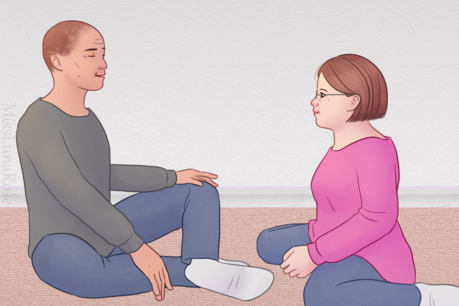
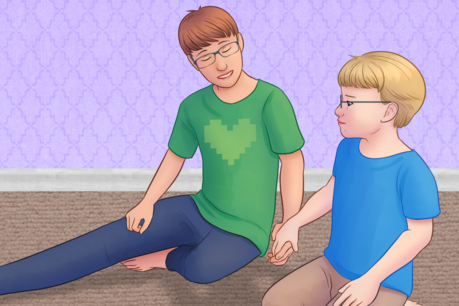
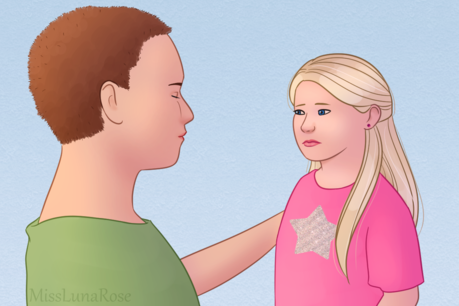
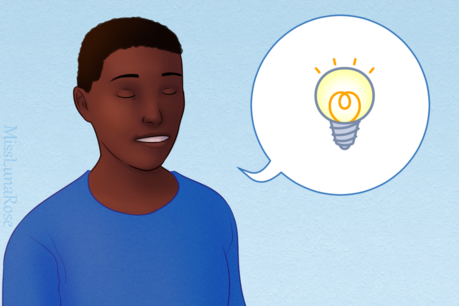

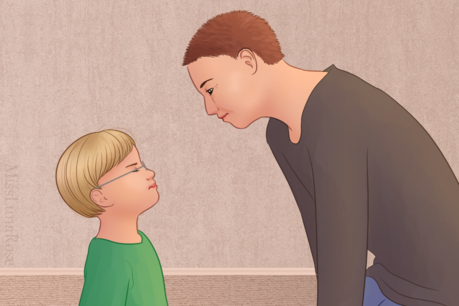
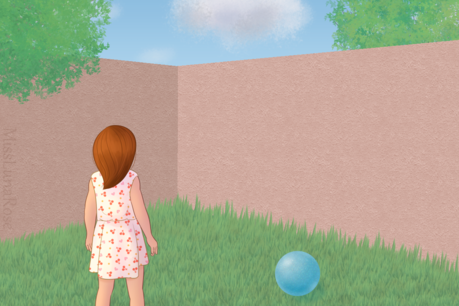

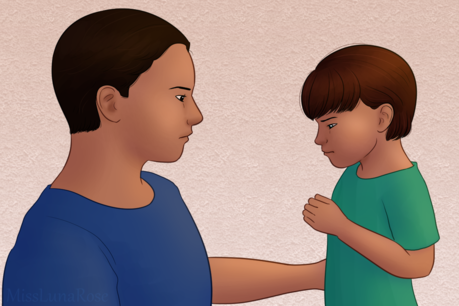
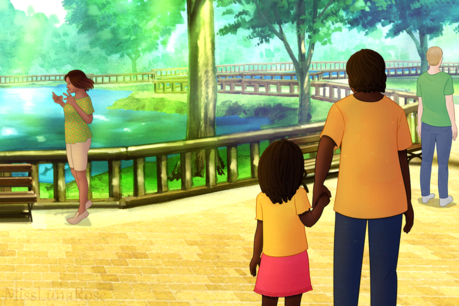
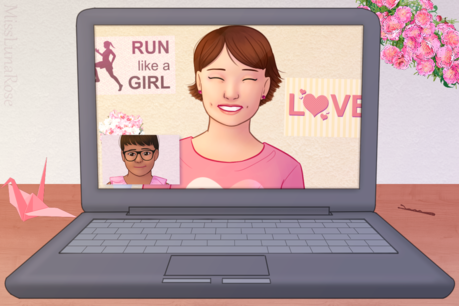

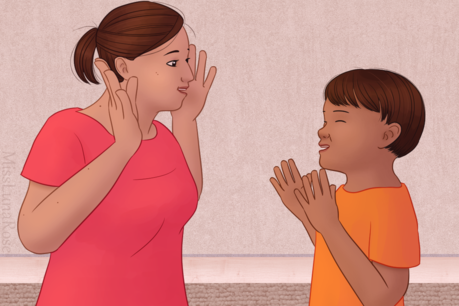
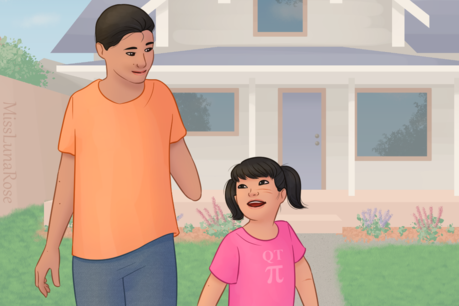










 How to Tie Twilly on a Bag Handle
How to Tie Twilly on a Bag Handle How to Speak Ilocano
How to Speak Ilocano How to Eat Daylilies
How to Eat Daylilies A SpaceX competitor went bankrupt because of Covid-19
A SpaceX competitor went bankrupt because of Covid-19 How to Recognize and Deal With a Child's Ear Infection
How to Recognize and Deal With a Child's Ear Infection How to Create a Mini Makerspace
How to Create a Mini Makerspace